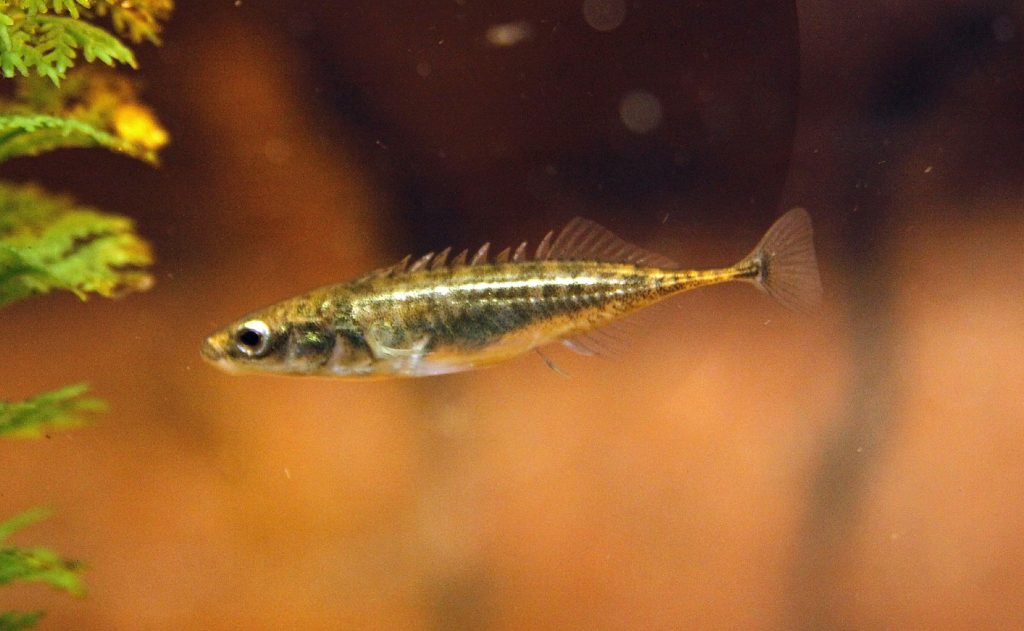
The round goby can be identified by the black spot on the back of the anterior dorsal fin, which is absent in other gobies. The base colour of the round goby is usually light, but there are darker spots or patches on the sides and back. During the spawning season, the male is almost black. […]

The vendace resembles, in its appearance, a small whitefish, but the vendace’s lower jaw is longer than its upper jaw and for the whitefish the converse is true. The vendace’s eyes are large, as is generally the case for all fish that eat plankton their whole life. The area of distribution for the vendace on […]

The ziege is an unusual looking fish. Its pectoral fins are “wing-like”, its belly is pointed and the whole body is like the blade of a sword. The lateral line, which is found in the lower part of the body is wavy, enabling the fish to detect enemies threatening from below. The mouth of the […]

Burbot’s head is wide and flat and it has a barbell that points forward at an angle. Burbot is predominantly brownish in colour, but greenish grey and blackish brown burbots are also common. The burbot’s skin is covered with small round scales, but the skin practically looks almost like leather. It locates its prey, bottom […]

Salmon is the king of Finnish fish, at least in regard to its size: a fully grown salmon can weigh over 30 kilograms! However, the history of the Finnish salmon is a sad one. At the beginning of the last century there were 18 salmon rivers, now there are only a few rivers left for […]

Flat bream are usually easy to identify, although smaller ones can sometimes be mistaken for silver bream. Bream’s eye is proportionately a lot smaller that that of silver bream and zope. Bream are typically silver hued, with grey fins although larger specimens also have a bronze tint along their flanks. Bream are between thirty-five to […]

The different sticklebacks can be distinguished by the number of spines on their back: three-spined stickleback has three spines, the brook stickleback usually has five spines, but the number varies between four and seven spines, and the nine-spined stickleback usually has nine spines, but the number varies between seven and twelve. The nine-spined stickleback is […]

Pikeperch look like a cross between perch and pike, although they are not closely related to either. Upon the arrival of twilight, they begin their hunt for food, as their eyes are well adapted to the dark. Pikeperch are predators and consume roach, perch and stickleback, which they pursue and grab with their large sharp […]

The three-spined stickleback is covered with metallic hued bone plates on both sides, and its dorsal and ventral fins are sharp spines. During the spawning period in June to July, the red-bellied males conquer a territory near the bottom and build a nest using pieces of aquatic vegetation. They bravely protect their offspring with the […]

The dark multi-coloured fish with a big head is called bullhead. The bullhead thrives in flowing waters and surging beaches. As it gets dark in the evening, the bullhead comes out of its hiding place from between rocks and stays there waiting for a suitable prey. When for example an amphipod or an isopod swims […]










